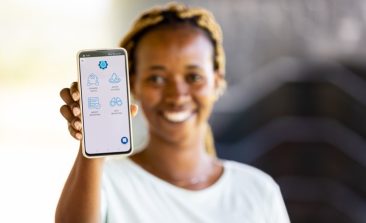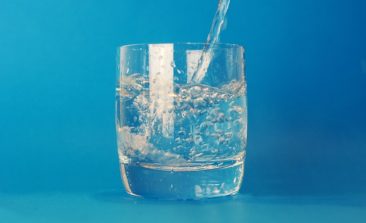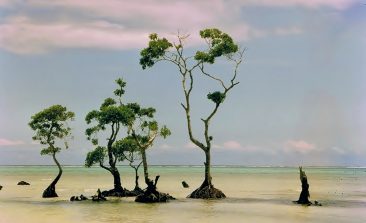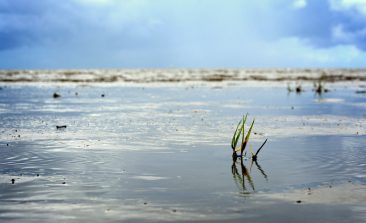Content to: Drinking Water
Well Beyond App Empowers People in Remote Kenya to Take Charge of Their Water Supply
The Well Beyond App, a mobile tool by the international non-profit Well Aware, empowers communities in East Africa with water supply maintenance skills—particularly handy in remote regions.
Drinking Water: Is It Time to Tap Out Bottled Water?
Water, water everywhere... By now, we know full well that our obsession with bottled water is damaging the planet. But, is it damaging us, too?
The Steady Drip: How “Smart Water Monitoring” Could Equip Our Water Supply for the Future
Forecasts have been pointing out for years that water scarcity will become a problem. Here's one start-up's smart solution.
Can Nanomembranes Provide Cheap, Safe Drinkable Water Without the Need for Electricity?
Much of the world is wracked by water scarcity. Can high tech nano-engineering provide surprisingly simple and cheap solutions?
Can Synthetic Trees Help Solve Global Water Scarcity?
Many innovative designs have experimented with producing clean water from contaminated or salt water. A new approach takes inspiration from mangrove trees.
The Computer System Helping to Predict Yemen’s Cholera Outbreaks Before They Even Happen
A revolutionary computer-based prediction system has helped drastically reduce the number of cholera cases and deaths in war-torn Yemen.
New Cheap Graphene Filters Can Make Even Seawater Safe to Drink
GraphAir, a new type of graphene developed in Australia, can remove salt and contaminants from water in one easy step.
WADI: The Gadget Helping Communities Disinfect Water With the Power of the Sun
The solar-powered WADI tells communities when their water is safe to drink, reducing illness and carbon emissions at the same time.For around 660 million people in Africa, Asia and Latin America, access to fresh, clean water is not something they can take for granted, with communities often needing to take extra steps to ensure their drinking water is thoroughly disinfected.
Saving Lives with This Simple Water Purifier
Water security issues affect the lives of millions in developing countries. A personal water filter system that purifies contaminated water as you drink it is helping to affordably alleviate water poverty in many places.








